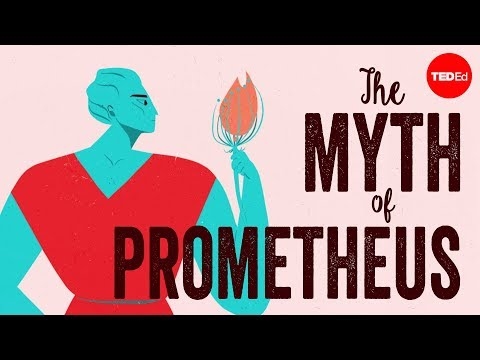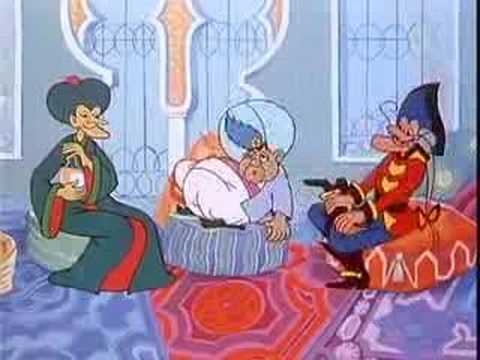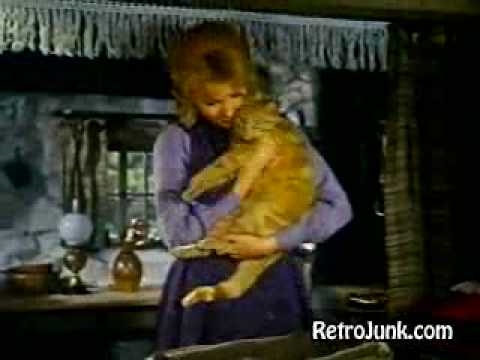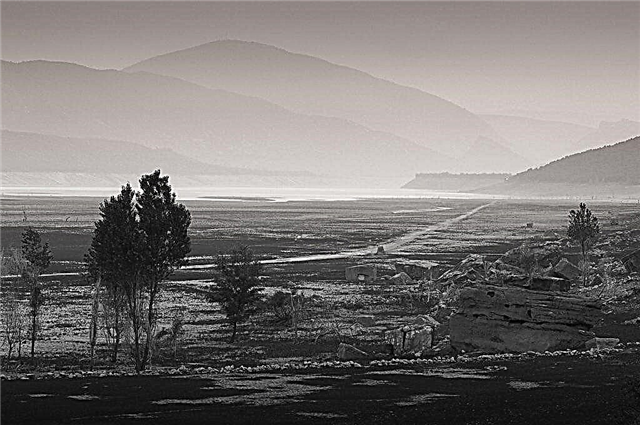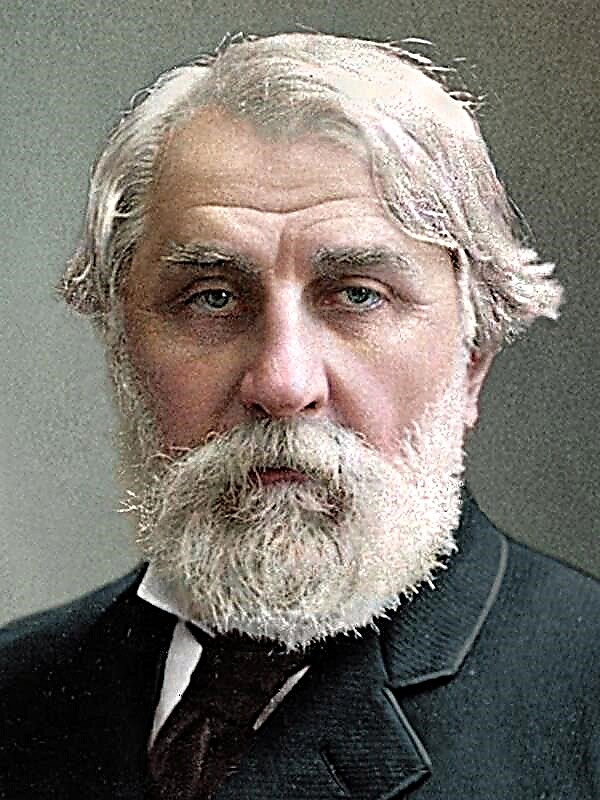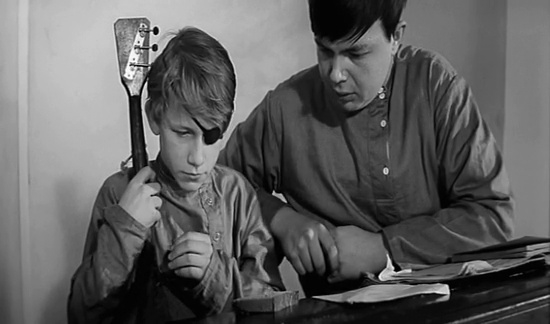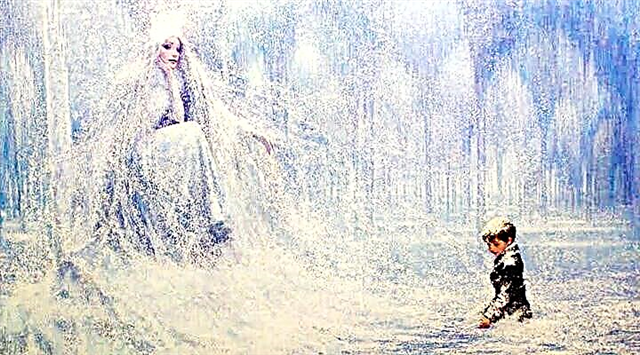(289 words) F. M. Dostoevsky in the novel Crime and Punishment depicts the street life of St. Petersburg, where everyone loses himself in a hustle and crush for a place in the sun, which is never found for most of the townspeople. It is this atmosphere that becomes the driving force for the development of the brutal theory of Rodion.
Description of the street life of the capital begins with the first pages. Stuffy reigns in the city, the summer stench of taverns is gathering, from where comes the rude scolding of regular drinkers. This picture has a profound effect on the hero’s nervous nature: he becomes even more unhappy and angrier. The inhabitants of the city, however, also do not differ in cheerfulness and cordiality. An atmosphere of hostility and conflict reigns everywhere. Rodion even catches himself thinking that he is afraid of his mistress: universal dissatisfaction is so deeply ingrained in the relationship between people. Citizens live poorly, poverty follows them on the heels. That is why Raskolnikov decides to kill: the oppression of the capital's streets obscures his mind. He sees the suicide bomber on the bridge, the drunkard of Marmeladov in the tavern and he hears only complaints about life and reproaches against the few lucky people who settled better at the cost of meanness.
But there are miracles in street life that can dilute the gloom of narrow and smelly alleys. For example, it is here that we meet Sonya Marmeladova, who did not stain her soul with a vice of the street. Being a corrupt woman, she was still able to preserve the purity of thoughts and the kindness of the heart. On its own, the heroine for many years supported a whole family and saved her stepmother's children from starvation. She helps Raskolnikov out and directs him to purification and repentance. It is such holy people who are found at the bottom among drunkards and lunatics, harlots and grabbers. For their sake, the reader should look at the life of St. Petersburg Street in a different way.
Thus, street life in the novel is presented from different angles. On the one hand, it is filled with dirt and bile poverty, the hopelessness of the social bottom. On the other hand, it is precisely such an environment that produces holy martyrs who can change this world for the better.

